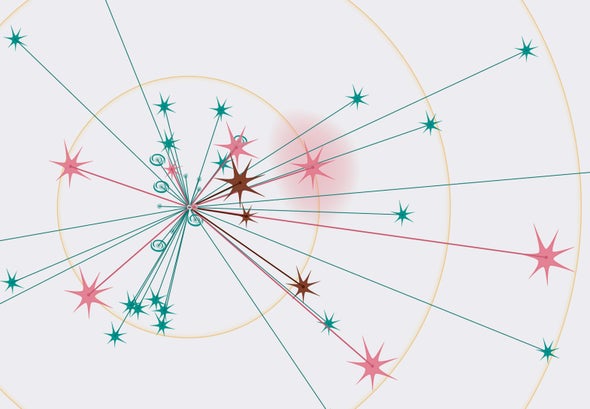On September 14, 2015, lasers in aboveground tubes in Louisiana and Washington State wavered together in response to a disturbance in spacetime, and a new window opened onto the cosmos. The two sites are part of the LIGO gravitational-wave detector—sensitive, powerful lasers so carefully isolated from Earth’s motion they can pick up incredibly minuscule vibrations. The signal was a gravitational wave, a ripple in spacetime created by two black holes merging 1.4 billion light-years away, far beyond our Milky Way galaxy. The event—the first detection of gravitational waves—also proved that black holes can orbit each other and merge. Since then, sensors have detected 49 more events, making them seem almost commonplace, says LIGO team member Christopher Berry. The accumulating data are helping astronomers better understand the menagerie of objects that populate the universe.
Gravitational Waves Are Being Detected at an Increasing Pace
Sensors have captured dozens of events

This article was originally published with the title "Odd Disturbances Pierce the Universe" in Scientific American 321, 6, 82 (December 2019)
doi:10.1038/scientificamerican1219-82
